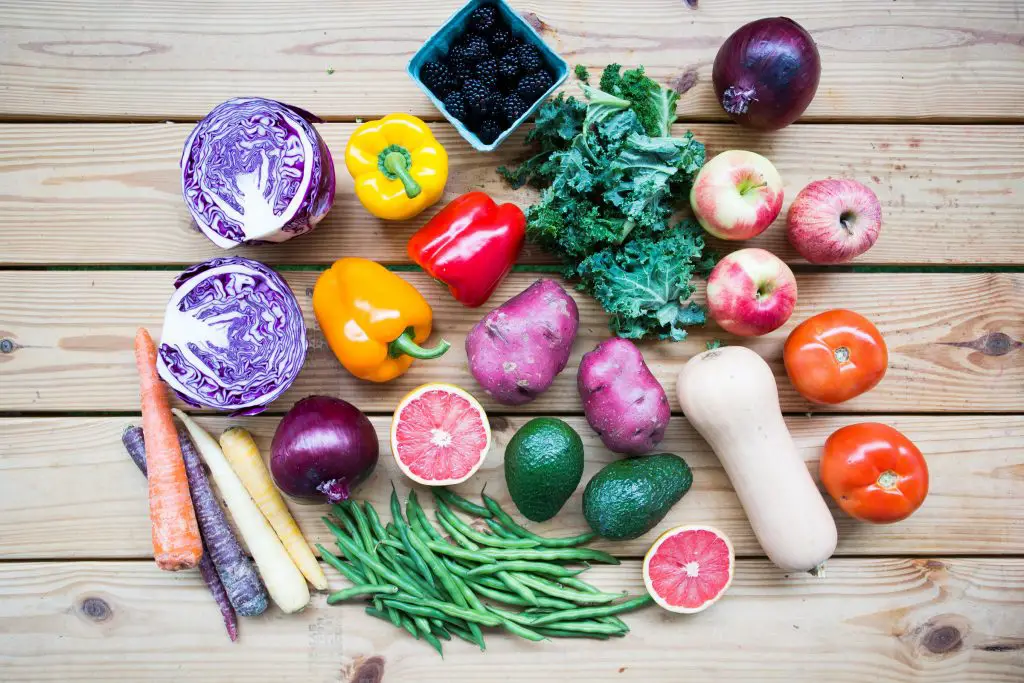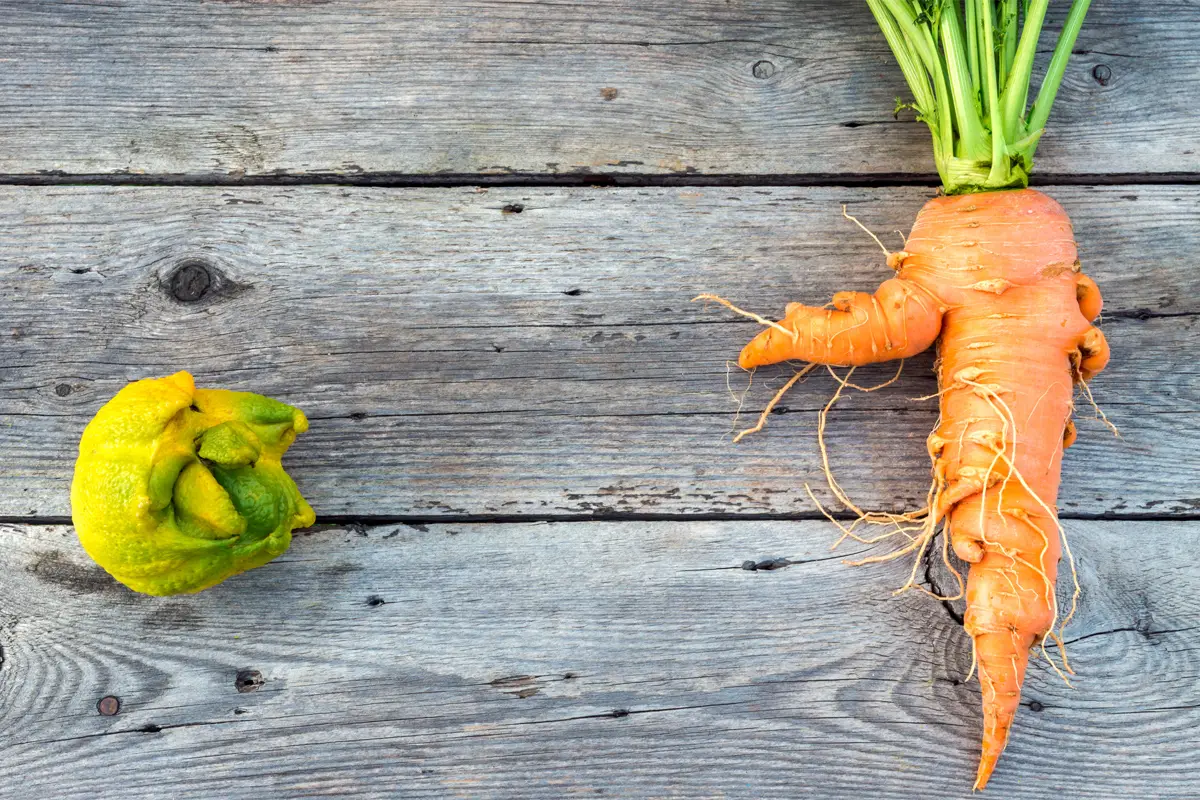In recent years, Imperfect Produce and Hungry Harvest ads have been plastering the sides of public transportation and popping up all over Facebook. The companies promise that after purchasing a subscription, you will receive a box of “ugly produce,” or completely edible fruits and veggies that have been discarded by farms, at your door.
When scrolling through your Instagram feed, subscription boxes are hard to miss as a material component of the general zeitgeist. However, Imperfect Produce and Hungry Harvest are different than beauty and style subscription box services like BirchBox, FabFitFun or Gwynnie Bee: They are cleverly piggybacking off the ugly produce movement.
The movement seems to have originated as a result of the European Union’s Year Against Food Waste campaign. The polital-economic union was flabbergasted to learn that 89 million tons (approximately 196,211 pounds) of food was being wasted each year, according to a 2014 briefing from the European Parliamentary Research Service. Strikingly, the EPRS briefing revealed that each citizen of the participating countries wasted roughly 200 pounds of food annually.
The solution to the EU’s waste dilemma seemed to be finding new and creative ways to utilize food that would otherwise be arbitrarily wasted. The ugly produce movement eliminates food waste by utilizing food that would otherwise go uneaten. At large, the movement rejects arbitrary aesthetic standards for fruits and vegetables and encourages produce-lovers to eat and cook with imperfect goods.
Fortunately, the ugly produce movement has taken root in the U.S., too. The Ugly Produce Is Beautiful! Educational campaign is the brainchild of Sarah Phillips, a food expert and entrepreneur who also runs the acclaimed @food Instagram account.
On the campaign’s website, Phillips explains that 2.9 trillion pounds of the food produced globally is never consumed. She ascribes this immense food waste to two phenomena. First and foremost, Americans simply aren’t eating all of the food in their fridges. On average, Americans only consume approximately 60 percent of the food they purchase. But realistically, the U.S. would have to undergo a complete cultural revolution in order to remedy that bad habit.

Second, the U.S. Department of Agriculture Grades for Fruits and Vegetables are very strict, and at times, ineffective and arbitrary. Therefore, as mentioned, produce that has blemishes or is misshapen doesn’t meet the aesthetic standards set by the Department. Thus, “ugly” produce is usually deemed unsellable, and is either disposed of or not even harvested by farmers.
However, as Phillips and many other proponents of flawed fruitage declare, just because produce is “ugly” doesn’t mean it’s not perfectly safe and delicious to consume. Though some deformities do indicate that produce should not be eaten, a majority of these sorts of variations are harmless.
Unfortunately, because USDA Grades for Fruits and Vegetables set the standard for which pieces of produce are sold, massive amounts of decent produce is being wasted because of its meaningless blemishes.
That’s where companies like Imperfect Produce and Hungry Harvest come in. Ugly produce trucks transport produce that will not be sold in grocery stores to subscribers’ doorsteps. Subscription boxes are customizable, so clever vendors are able profit off the food waste problem by letting customers choose the types of wasted food they’d like delivered.
It is for this reason that the retailing of blemished yield has become quite contentious. Those against the commercial circulation of ugly produce have identified that rejected food items are now being sold to millennials in trendy subscription boxes, rather than being shipped to food banks to provide for those in need.
As expected, Imperfect Produce has made efforts to both deny and debunk that claim. The company explains on their website that they do not decrease the amount of produce received by food banks because they source specifically from produce that would have been left on the field or tossed into animal slop.
Furthermore, Imperfect states that the causes of food bank disparities are due to the fact that hungry people aren’t receiving produce because it perishes before it can get to them. The startup assures customers that it partners with local food banks to help combat that issue.
Similarly, Hungry Harvest partners with local Supplemental Nutrition Assistance Program (SNAP) produce markets by selling their ugly produce stock to in-need communities and accepting SNAP/EBT benefits. The company also donates a portion of their weekly shipments to food banks and other organizations committed to fighting hunger.
It’s important to realize that ugly produce delivery companies are working within a very particular market by sourcing a product that has been categorized as useless by its producer, or the farmers that abide by stringent USDA produce standards. In this way, Imperfect Produce and Hungry Harvest profit by selling products that are usually seen as unprofitable and attract customers by charging subscribers discounted rates (as compared to grocery store produce pricing).
Companies like Hungry Harvest and Imperfect Produce that commercialize the ugly produce movement have found a way to generate revenue and improve the planet. The actions of these companies, and others like them, have a larger impact: They contribute to more effective food system in which the food waste, land, fossil fuels, greenhouse gas emissions and water involved in throwing away perfectly good produce is reduced.
Imperfect Produce and Hungry Harvest bring attention to world hunger in a sustainable, albeit commercialized, way. So, while it may be unclear as to whether or not the efforts of ugly produce companies produce unintentional casualties in other realms of the food nutritional ecosystem, they are doing a net good in terms of environmental impact.

















